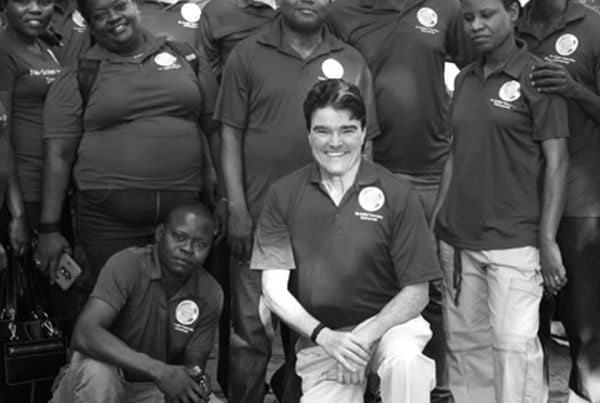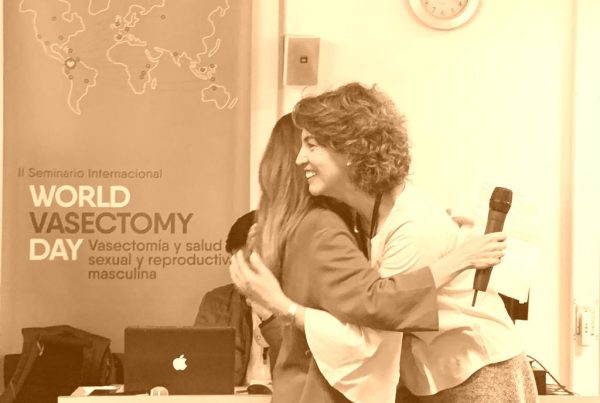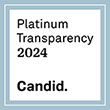In 2012, filmmaker Jonathan Stack and Dr. Doug Stein co-founded World Vasectomy Day. On October 18, 2013, they launched their first event, with 196 physicians in 26 countries doing 996 vasectomies in 24 hours. A decade later, they have grown from a single day event to year-round programs that includes medical missions, capacity building programs, an online directory and nearly 500 short films to educate the public and build demand. Today, with over 1,000 participating providers doing upwards of 25,000 procedures, they are the largest male-oriented family planning event in the world.
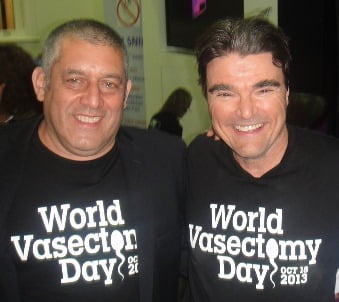
Father’s Day, 2006.
I begin making a film about my complex personal relationship with fertility. The working title is To V or Not to V.
Scene one, a sperm test. The image of millions of sperm is very dramatic. I assume the ending of the film will be a post vasectomy test and the image of a slide with a still pool of sperm-less semen. I do a bit of research and track down an excellent doctor in New York, but after a one-hour consultation during which I ask him all of the questions any good documentarian would pose, he insists I am not ready. “Go to Florida and meet Dr. Doug Stein”, he suggests. “No one loves doing vasectomies more than him. He even puts up billboards.” I immediately book my ticket.
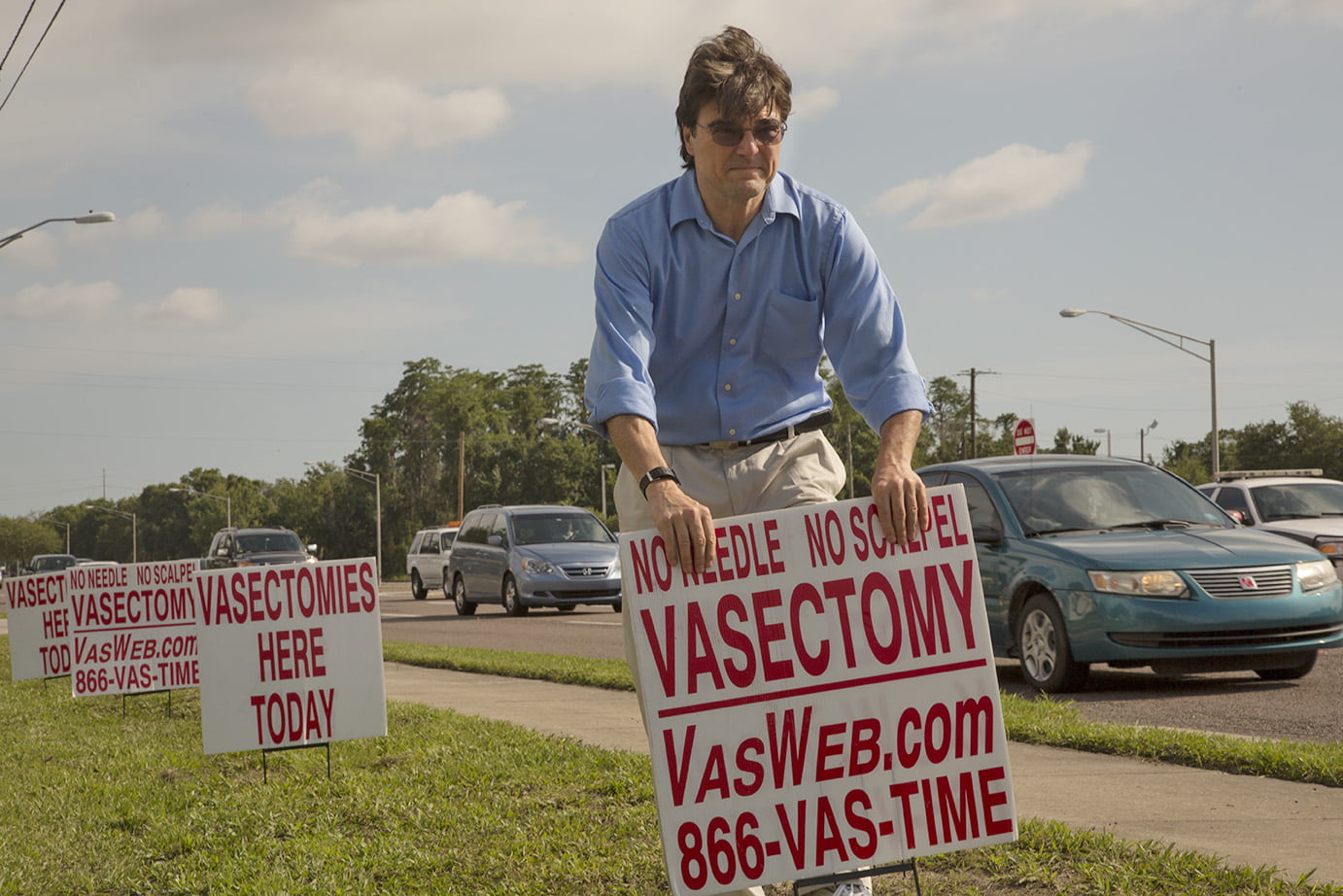
It only takes a day filming with Doug to realize that he is not only a great doctor, but an infinitely better subject for a documentary. Like Don Quixote, Doug has committed his life’s work to the impossible, perhaps an even absurd challenge – lowering carbon footprint one vasectomy at a time. I jump in head first and begin documenting his work, first in Florida and then in the Philippines, Haiti and Kenya. Doug loves his job. He insists it’s even better than being a dentist, “At least I get to talk with my clients’.
It was during one of Doug’s missions on May 9th, 2012, on the border of Uganda and Kenya, when I met George Mbogah, a man who had traveled 24 hours for his vasectomy. As I had done with hundreds of other men, I interviewed him during his procedure and asked him, ‘‘Why?’. “I know this is not accepted in my culture, and I too love children, but I was one of 16 siblings and I grew up with nothing. My wife and I want to give our only daughter a better life than we had.”
That very night, while laying in bed, an idea jumped into my mind, “What if I could aggregate that single act of love into a collective movement for social good?”. I googled World Vasectomy Day (WVD) noted its non-existence, immediately reserved the URL and went to sleep. The next day, I requested that all the men who had gotten their vasectomy look in the camera and shout out in their own languages, “I support World Vasectomy Day”.
On the flight home, still unclear about what I had committed to do, I decided to give myself one year to convince 100 doctors in 10 countries to do 1000 vasectomies in 24 hours as a collective statement of love. Like that, World Vasectomy Day was launched. I thought it would be easy.
It wasn’t.
Yes, there are places, like New Zealand and Canada, where over 20% of couples choose a vasectomy as their primary form of contraception, but there are entire regions of the world where the rate is practically zero. With great passion and enthusiasm, I presented all of the many compelling reasons for choosing a vasectomy – they are non-invasive, they’re easy to recover from, they cause little pain and they’re almost 100% effective. Not to mention that it was a way to give back to the women we love who had already sacrificed so much for our family.
I did some research and discovered that over 300 million women worldwide have had tubal ligations—six times the number of men having vasectomies, and while both options are excellent at preventing pregnancy, tubal failures can result in ectopic pregnancies, a leading cause of maternal mortality. A failed vasectomy results in a normal pregnancy. Not what we hope for, but certainly better than death.

You’d think a vasectomy for men who no longer wish to have children would be a no brainer. But, if logic, guilt or fairness could sway a man, we’d be from Venus, not Mars, let alone Earth. The Kiswahili language uses the same word for “vasectomy” and “castration” and as extreme as that sounds, it pretty much sums up what men believe everywhere.
And not just men. Many women would agree with my friend, who felt that a vasectomy would change a man’s status from alpha male to alpha-lite! I too was resistant and although I could barely handle the cost and responsibility of caring for the children I already had, I was still afraid to give up my fertility. To be honest, it wasn’t so much that I wanted more children, but that I was afraid that one day I’d meet the love of my life and she would.
The first official slogan for WVD – Balls on the Line for Mother Earth – emphasized the environmental importance of family planning, but in all honesty, population is a complex issue that requires an extremely nuanced conversation that is beyond the reasoning or interest of most people considering a vasectomy. There was also the matter of human rights and a history in family planning that includes a few horrific examples of forced sterilization.
Doug’s response regarding the slogan was that a vasectomy has nothing to do with your balls. My mother was simply embarrassed by the t-shirt.
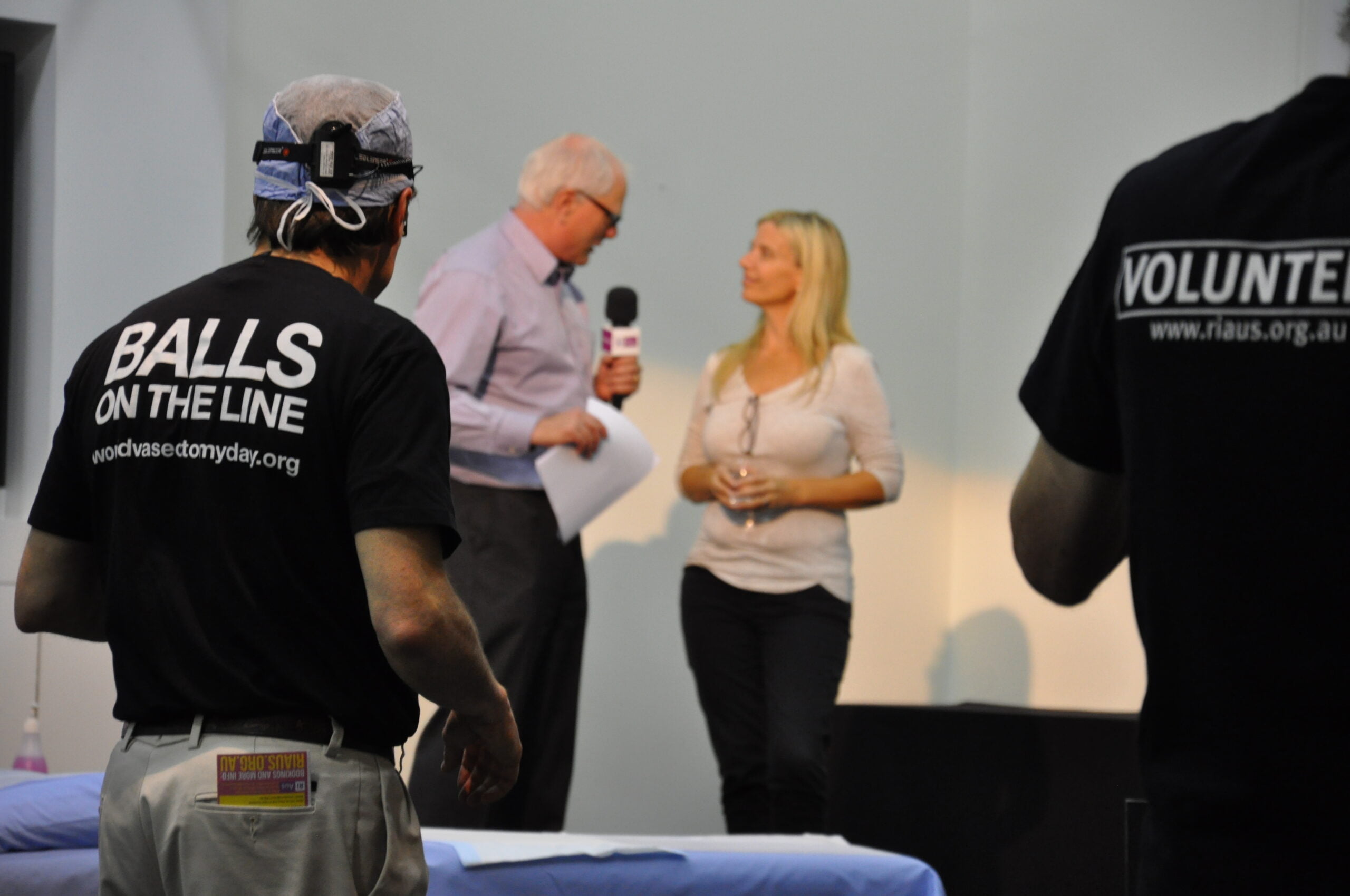
Fear and good information might get a man to wear a condom, but to succeed, WVD needed compelling stories and good information to help men make informed decisions that counter deep-seated myths and misconceptions. Fortunately, there is no shortage of them and so in year two, when we switched our slogan to “Celebrating Responsible Men”, our movement took off.
Wherever WVD goes, we meet many fathers, like George in Kenya, who travel hundreds of miles to have the procedure for their wives, and many more who do it to help their children emerge from poverty. For these men, their sense of self-worth is not a reflection of how many more children they can make, but how good a job they do at raising those they already have.
At WVD, we don’t decide who should or should not get a vasectomy, but we do insist that it be voluntary, the patient be well informed, and that we do our part to assure the highest quality procedure possible. Vasectomies are permanent, and as such, are best considered by men whose families are complete. There are men in their 20s who know they’ll never want children and there are men in their 50s who still do. I met a 22-year-old fatherless Afghan War veteran who asked, “Why am I considered old enough to die or kill for my country, but not old enough to decide not to have children?” Doug suggested he preserve his sperm.
We acknowledge there is a very small chance that a vasectomy can cause long lasting pain, and we certainly have great sympathy for these men. The fact is, all methods of birth control come with some element of risk, but risking their lives to have children -or not have children- is what women do for a good part of their lives. Running away from the risk of pregnancy doesn’t make it go away, it just puts the burden entirely on women.
For all our efforts to inspire men, it wasn’t until we empowered the doctors that our movement really took off. Providing vasectomies is not easy or always accepted, but as long as there are qualified doctors offering quality care at an affordable price who believe passionately in their mission, a program will grow over time. Today, with over 1,000 participating providers in 40+ countries, we are proud to be the largest male-oriented family planning event in history and we believe the best is yet to come.
What we learned in creating World Vasectomy Day bodes well for humanity.. Men – fathers or not – reveal the best of who we are when we work together to serve a greater purpose, one that honors ourselves, our children and the women in our lives, while protecting our future and that of the planet we inhabit. The front page of every newspaper in the world is filled with stories of men doing wrong. WVD is the story of men doing right.


